
July 2019
AAVMC To Present Summer Meeting August 3 in Washington, D.C.

The AAVMC will present its annual Summer Meeting on Saturday, August 3 from 8:30 a.m. – noon in the Marriott Marquis’ Chinatown Room. The meeting is being held in conjunction with the annual meeting of the AVMA. The AAVMC Board of Directors will meet on August 2, 2019.
The meeting agenda will include the following presentations:
- AAVMC Strategic Planning Update – Dr. Michael Lairmore, AAVMC President
- Report of the Veterinary Futures Commission – Dr. Eleanor Green, Chair, Veterinary Futures Commission
- EAEVE Update – Dr. Stéphane Martinot, President, European Association for Establishments of Veterinary Education (EAEVE)
- NIFA Update – Dr. Scott Angle, Director, National Institute of Food and Agriculture (NIFA), U.S. Department of Agriculture
- FFAR Update – Dr. Sally Rockey, Executive Director, Foundation for Food and Agriculture Research (FFAR)
- APLU Update – Dr. Douglas L. Steele, Vice President, Food, Agriculture, and Natural Resources, Association of Public and Land Grant Universities (APLU)
- VBMA Update – Mr. Ricky Walther, President, Veterinary Business Management Association (VBMA)
For more information, contact Program Manager Leslie Wilson at lwilson@aavmc.org
Seoul National University College of Veterinary Medicine Becomes AAVMC’s 50th Member
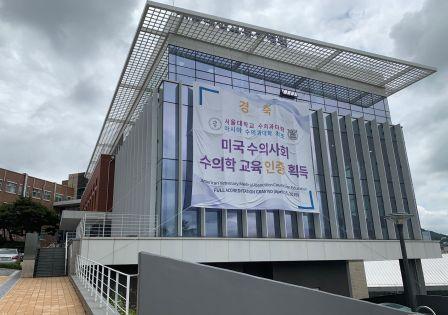 The College of Veterinary Medicine at Seoul National University in South Korea has earned accreditation from the Council on Education and become the 50th member institution of the AAVMC.
The College of Veterinary Medicine at Seoul National University in South Korea has earned accreditation from the Council on Education and become the 50th member institution of the AAVMC.
The college becomes the first international institution since Vet Ag Sup in Lyon, France (2013) to earn accreditation, and it was an event celebrated with great fanfare in Seoul.
AAVMC CEO Dr. Andrew T. Maccabe was invited to participate in the ceremonies, which included a formal gala/banquet attended by about 200 distinguished guests. Massive signs announcing the accreditation were draped on campus buildings, and a substantial commemorative pedestal adorned with the COE symbol was unveiled.
During his visit, Maccabe made a seminar presentation on “The Future of Veterinary Medical Education.” He also toured their facilities, including a recently opened $11 million Veterinary Teaching Hospital.
“We are proud to welcome Seoul National University’s College of Veterinary Medicine to the AAVMC, and we congratulate them on earning their accreditation and on becoming our 50th member institution,” said AAVMC Chief Executive officer Dr. Andrew T. Maccabe. “They are our first member from that region of the world, and we are pleased to see continued growth in our international membership.”
Seoul National University was founded in 1946 as the first national university in Korea and is the largest campus in Seoul. The school includes about 2,600 full-time faculty members and enrolls about 28,000 undergraduate and graduate students.
The college of veterinary medicine began as a department of veterinary medicine in 1947 and was established as a veterinary college in 1953. Three hundred twenty students are currently matriculating through a six-year professional program that includes two years of pre-veterinary training and a four-year professional curriculum.
The college currently has 43 tenured or tenure-track faculty members and is engaged in a strategic planning exercise that will lead to a new 2030 Vision and Mission, according to Dr. Seung Joon Baek, director of the college’s Office of Planning and Management, and the person who hosted Maccabe’s visit.
As a member institution, Seoul National University is entitled to the full range of association benefits and privileges, including full voting rights in the Assembly.
FFAR Awards Inaugural Vet Fellowship to Ten Students
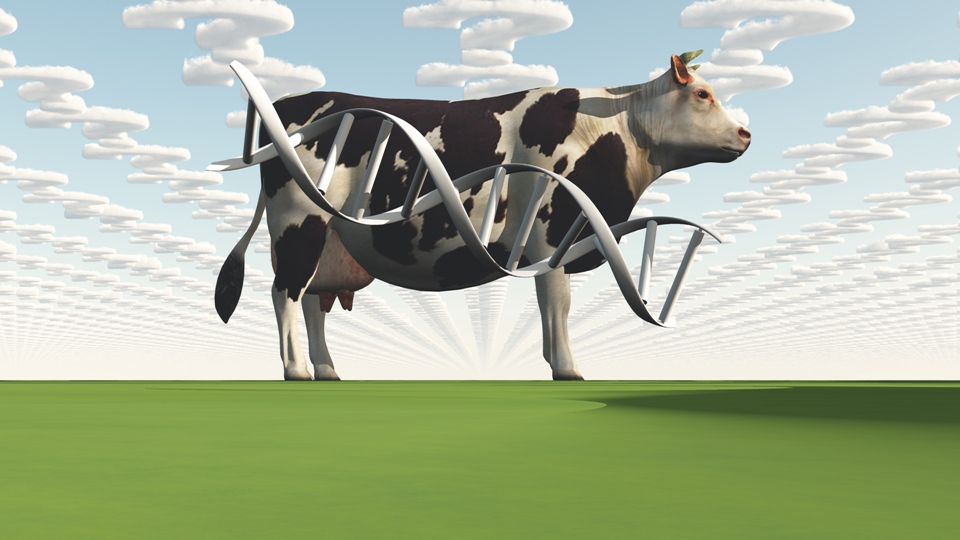 The AAVMC is collaborating with the Foundation for Food and Agricultural Research (FFAR) on a new program designed to develop new generations of veterinary medical scientists interested in research careers in global food security and sustainable animal production.
The AAVMC is collaborating with the Foundation for Food and Agricultural Research (FFAR) on a new program designed to develop new generations of veterinary medical scientists interested in research careers in global food security and sustainable animal production.
The Veterinary Student Research Fellowships to Address Global Challenges in Food and Agriculture (FFAR Vet Fellows) program creates experiences and funding opportunities for veterinary students to pursue research related to compelling challenges in agriculture and animal production.
“The world faces profound challenges in food production and food security, and we’re very excited by this opportunity to work with FFAR in helping to address these problems,” said AAVMC CEO Dr. Andrew T. Maccabe. “The research experiences provided for our students through this program are creating important scientific knowledge, but moreover, they are helping these emerging scientists understand the need and the value of pursuing careers in this area.”
The three-month long fellowship allows up to 10 students annually to conduct research with a mentor. The fellowship culminates with student presentations at the annual National Veterinary Scholars Symposium, held annually in late July/early August. This year the symposium will be hosted by the Cummings School of Veterinary Medicine at Tufts University.
“The FFAR Vet Fellows program provides mentorship and experience that prepares rising stars in veterinary science for public service and scientific careers,” said FFAR’s Executive Director Sally Rockey. “The first cohort of Vet Fellows is conducting bold research in previously underfunded areas of veterinarian science that help farmers combat pests, disease and antimicrobial resistance.”
Shifts in food and animal production practices, climate and exposure to infectious diseases have left livestock producers at home and abroad struggling to protect their herds, according to FFAR officials. More research is needed to understand how to best manage these issues; however, funding trends lead many veterinary scientists to focus on biomedical research, leaving various large-scale challenges in animal agriculture unaddressed.
FFAR developed the Vet Fellows Program to encourage veterinary scientists to explore and better understand the complexities of animal production, improve animal welfare and enhance human health.
FFAR is a nonprofit organization originally established by the 2014 Farm Bill to foster innovative scientific approaches to addressing today’s food and agriculture challenges. FFAR leverages public and private resources to increase the scientific and technological research, innovation, and partnerships that are critical to enhancing the sustainable production of nutritious food for a growing global population.
The 2019 FFAR Vet Fellows, along with program summaries, include:
Roel Becerra, University of Georgia
Using existing specialized technology, Becerra will develop tools that accurately and efficiently diagnose diseases like Avian Pathogenic Escherichia coli (APEC) and Salmonella spp in food-producing animals.
Preston Cernek, University of Wisconsin-Madison
Digital Dermatitis (DD) affects about 90 percent of US dairy herds and is associated with decreased milk production, lameness and infertility. Early detection and prompt treatment offer better prognosis but early detection of DD on commercial dairy farms is difficult. Cernek is using computer vision technology to create a digital tool for early DD detection on commercial dairy farms.
Shelby Crump, University of Illinois
Infertility or limited fertility jeopardizes the efficiency and longevity of dairy cows. Crump is examining several pregnancy-signaling pathways in cows, research that improves reproductive performance.
Melody Koo, Western University of Health Sciences
Current tests for detecting animals carrying Piroplasmosis, a blood-borne disease that affects wild and domestic animals in Africa and Europe, are not effective. Koo’s research uses next-generation genetic sequencing technology to improve the test based on Piroplasmosis species’ DNA.
Hayley Masterson, Washington State University
Masterson is researching Babesia bovis, a tick-borne parasite that infects cattle in tropical regions and causes significant economic losses for farmers. Masterson’s research is identifying proteins common to different microorganisms that may be used for vaccine development.
Sarah Krueger, Kansas State University
Anaplasmosis is the most prevalent tick-transmitted disease in cattle worldwide. Krueger is assessing whether the Lone Star tick, the most common tick found on cattle, contributes to the spread and development of anaplasmosis. Her research could inform disease management and treatment strategies.
Cara Newberry, University of California, Davis
Antimicrobial resistance can cause life-threatening infections in humans and livestock. Newberry’s research in Iringa, Tanzania is assessing the prevalence of antimicrobial resistant E. coli in local chickens and evaluating risk factors that could influence transmission to humans.
Macon Overcast, The Ohio State University
Livestock and wildlife, land-use patterns and other factors influence the development and spread of antibiotic resistance in agricultural environments. Overcast is using computer models to better understand how to mitigate this public health threat.
Laura Raines, Auburn University
Bovine viral diarrhea virus is an infectious viral disease in cattle that negatively impacts reproductive performance and causes high mortality in calves. Raines is examining prenatal testing methods to identify pregnant cattle that carry the virus and control disease spread.
Lauren Riggs, Colorado State University
Bluetongue virus and epizootic hemorrhagic disease virus are both transmitted by insects and infect ruminant animals. Riggs is examining two strains of a similar virus to determine how simultaneous infections affect their evolution and replication rate. This research will inform our current understanding of insect-borne diseases in ruminants.
AAVMC Presents First Veterinary Admissions Virtual Fair
 The AAVMC held its inaugural Veterinary Admissions Virtual Fair on June 18th and it was a resounding success.
The AAVMC held its inaugural Veterinary Admissions Virtual Fair on June 18th and it was a resounding success.
Nine hundred twenty-two prospective applicants visited with representatives of 28 different AAVMC member institutions, including both domestic and international members, during the six-hour event. Forty-three percent of those attending were applicants in the 2019 VMCAS application cycle, according to AAVMC Director of Admissions and Recruitment Tony Wynne.
The virtual format enabled participants to visit and ask questions with representatives from various colleges and schools. Admissions personnel hosted video and text chats during the six-hour event, and some featured videos and other informational materials as visitors conducted their virtual visits.
The vast majority of the participants were college students (64%), but the event also attracted high school (7%) and graduate and post graduate students (17%). Twenty-three college advisors also participated.
Participating schools provided enthusiastic feedback, according to Wynne, and many were surprised at the number of schools visiting their portals.
Wrote one: “What an amazing event! Thanks to AAVMC for hosting this valuable recruitment tool for us. It was WELL worth the investment!!”
Said another: “We intended to have our chat room open from 10 a.m. to 1 p.m. and ended up bringing additional staff into the fair to manage the volume! We were busy from 10 a.m. to 4:30 p.m.!”
The event might yield other benefits as well. Wynne may conduct a content analysis of the event transcripts to gather data regarding questions and behavior that could enhance overall admissions and recruitment efforts.
Another virtual fair is being scheduled for Fall 2019.
CBVE Conference Presented at Ohio State
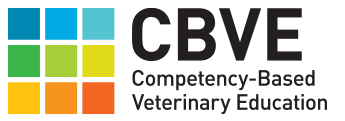 The AAVMC’s Competency-Based Veterinary Education (CBVE) Working Group hosted a workshop titled “CBVE – Reframing Veterinary Education” at the Ohio State University’s College of Veterinary Medicine in Columbus, Ohio June 6-7, 2019.
The AAVMC’s Competency-Based Veterinary Education (CBVE) Working Group hosted a workshop titled “CBVE – Reframing Veterinary Education” at the Ohio State University’s College of Veterinary Medicine in Columbus, Ohio June 6-7, 2019.
About 90 registrants from AAVMC institutions around the world convened to explore the CBVE program and consider implementation strategies within their veterinary programs.
Dr. Eric Holmboe, Senior Vice President, Milestones Development and Evaluation for the Accreditation Council for Graduate Medical Education (ACGME) opened the meeting with a presentation on the use of competency-based education in medicine.
Sessions held over the two-day meeting focused on various parts of the CBVE framework and tools – assessment, milestones and learner development, curriculum mapping and development, as well as change management.
The sessions included theory bursts to update attendees on the literature and background associated with each area, and then included hands-on activities to practice using the various components.
Attendees reported finding the workshop very useful, according to Dr. Emma Read, The Ohio State University College of Veterinary Medicine’s associate dean for professional affairs and a member of the CBVE Working Group who helped organize the meeting.
Workshop attendees expressed a strong desire to continue the dialogue through a potential online “community of practice” and through future meetings, according to Dr. Laura Molgaard, interim dean of the University of Minnesota College of Veterinary Medicine and the person who co-leads the CBVE with Virginia-Maryland College of Veterinary Medicine Associate Dean for Professional Affairs Dr. Jennie Hodgson.
Registrants also expressed strong interest in the CBVE Research Pilot which was announced at the March AAVMC Annual Meeting, according to Molgaard. More details on that pilot will be announced later this summer, she said.
Veterinary Debt Initiative Update

Educational debt in the United States now exceeds $1.5 trillion and looms as a significant economic threat for society at large, not just a generation of students. It’s a big problem in academic veterinary medicine as well, but a group of dedicated volunteers are steadfastly looking at ways to help. Members of the Veterinary Debt Initiative, comprised of the AVMA, the AAVMC and the Veterinary Medical Association Executives (VMAE), have been meeting regularly for almost two years. Their goal: to help veterinarians thrive in financially sustainable and rewarding careers.
With roots in the former Fix the Debt Initiative, which arose from an April 2016 symposium held at Michigan State University, the VDI is taking a more opportunistic, strategic approach to addressing financial aspects of veterinary education and practice. They’re focused on both veterinary medical students and working professionals.
Facilitated by Project Manager Dr. Kim Farina, the group is developing a range of communication products, special events and presentations at professional meetings that are aimed at helping everyone in academic veterinary medicine learn more about educational debt and strategies for making the most of it.
Click here to read the newest collection of stories in their periodic round-up, including a commentary by AAVMC CEO Dr. Andrew T. Maccabe.
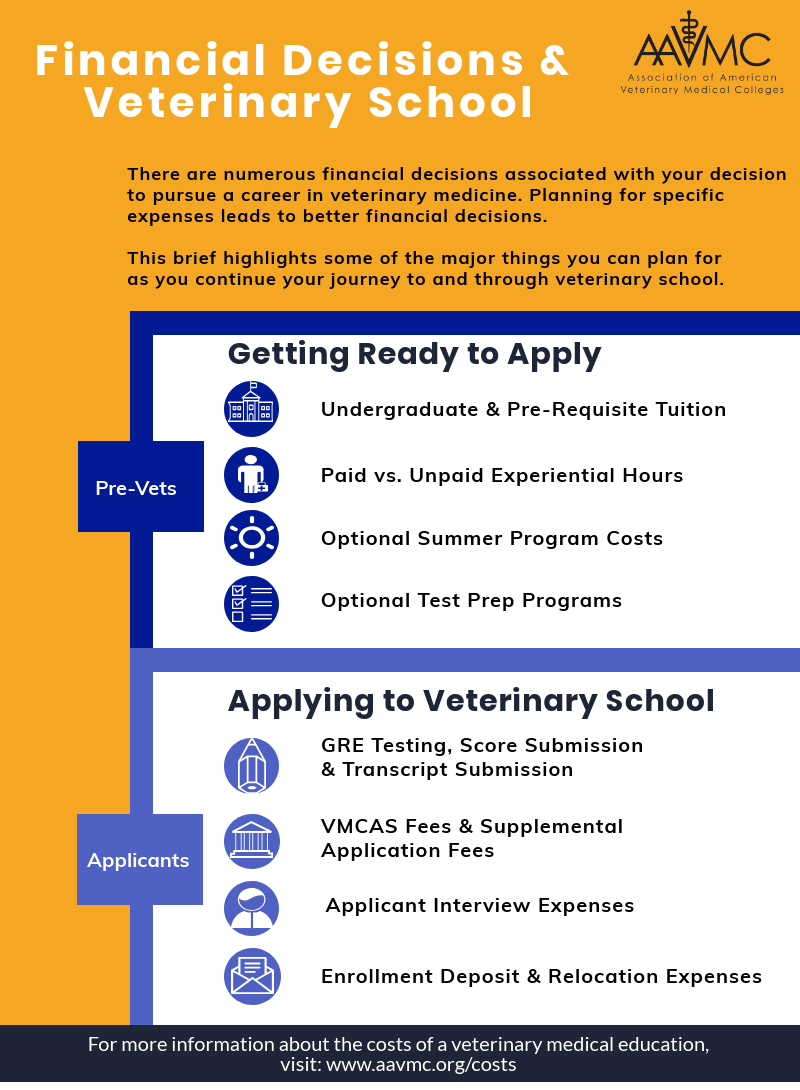
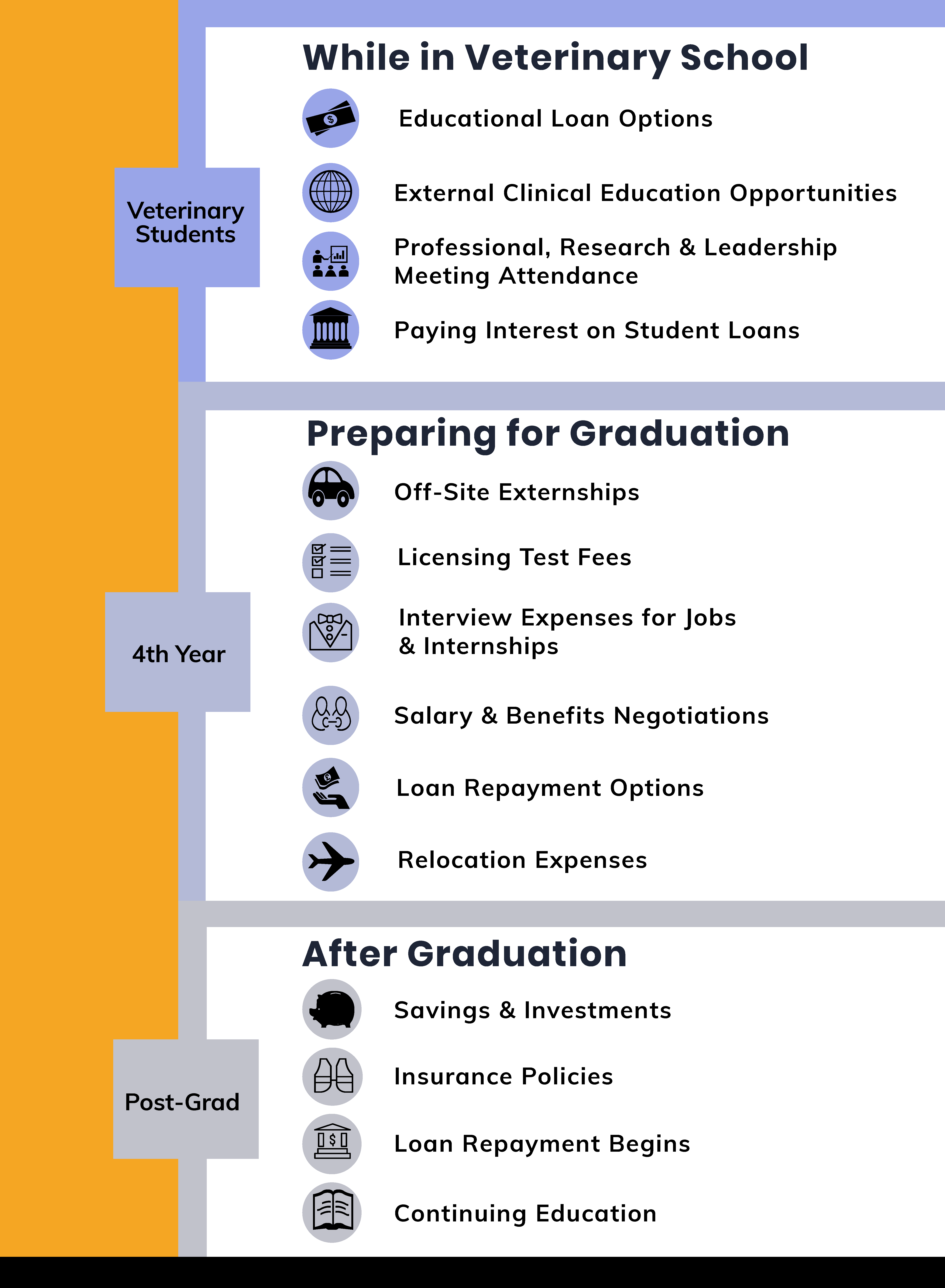
2019 Veterinary Wellbeing Summit Scheduled for November 17-19 in Rosemont, Illinois
 The 2019 Veterinary Wellbeing Summit will be held November 17-19 at the Loews Hotel in Rosemont, Illinois. Themed “Putting the WE in Wellbeing,” the meeting is sponsored by the AVMA, the AAVMC and Zoetis.
The 2019 Veterinary Wellbeing Summit will be held November 17-19 at the Loews Hotel in Rosemont, Illinois. Themed “Putting the WE in Wellbeing,” the meeting is sponsored by the AVMA, the AAVMC and Zoetis.
The meeting will convene academic leaders, educators, students, practitioners, mental health professionals and others to consider the importance of individual and organizational wellbeing on campus and in the workplace.
Topics slated for exploration include burnout, generational differences, the impact of financial health on wellbeing, diversity and inclusion, identifying and supporting at-risk colleagues, vulnerability and letting go of perfectionism and many others.
Standard registration for the meeting is $375, but an earlier registration fee of $300 is available prior to July 23. For more information about the meeting and registration procedures, please click here.
Admissions and Recruitment Responsibilities Keep Director on the Run
 Tony Wynne, the AAVMC’s director of admissions and recruitment affairs, is frequently on planes, where it’s not unknown for someone to tap him on the shoulder and say, “Hey, aren’t you the VMCAS guy?”
Tony Wynne, the AAVMC’s director of admissions and recruitment affairs, is frequently on planes, where it’s not unknown for someone to tap him on the shoulder and say, “Hey, aren’t you the VMCAS guy?”
Wynne doesn’t mind being the face of the Veterinary Medical Application Service (VMCAS). In fact, it’s a role he’s happy to play as he works with advisors, students and contractors to foster a robust pipeline of applicants and a smooth and efficient common application service.
Being the face of VMCAS and staying on top of the latest trends and developments in veterinary medical school admissions and recruitment can sometimes require travel rivaling that of a rock star. Last month alone, he travelled to the National Association for Advisors to the Health Professions (NAAHP) Advisory Council / Board of Directors joint meeting June 23-25 and then immediately headed to the Liaison International User Conference in Boston June 25-29.
In May, he was at Yale University in New Haven, Connecticut, May 23-24 and attended the Southern NAAHP Conference in Memphis, Tennessee, May 27-June 1. The previous month was equally peripatetic.
Being on the road is often necessary to coordinate with partner organizations like the NAAHP, interface with vendors like Liaison and attend recruitment events
Wynne frequently interacts with admissions officials and prospective students. Beyond that, he stays on top of any technological advances that could facilitate the admissions and recruitment process and keeps his eye on any developments that could affect the veterinary medical school pipeline.
“We do a lot online, but sometimes, there is no substitute for being in a room with 100-200 prospective students who are talking to each other with my guidance,” he says. “It personalizes the process and helps us listen to each other in different ways.”
Every generation has different attributes—from Millennials to Gen X or Gen Z—and Wynne keeps abreast of those trends as well, cognizant of the fact that different generations have distinct needs and challenges. His goal is to detect any emerging issues as soon as possible and respond proactively.
“In general, I’ve found that students today want transparency,” said Wynne. “They want you to keep it simple, give them what they want and be truthful. This generation of applicants responds better to showing them how to do things themselves rather than doing things for them.”
A large part of his travel is related to the NAAHP, where Wynne chairs the organization’s advisory council. As chair, he not only represents veterinary medicine among 19 other health professions but bangs the gavel. It’s all part of his effort to increase awareness and knowledge about veterinary medicine among health care advisors.
“Many advisors aren’t well informed about veterinary medicine but it’s my goal to make sure that they have all the tools that they need to guide prospective students and understand veterinary medicine as a whole,” he said. Though his involvement with the NAAHP, veterinary medicine has become more visible among health care advisors and he’s able to collaborate more effectively with all the health professions.
New One Health Legislation Filed in the Senate
 The federal government will adopt a One Health approach by more efficiently coordinating resources based in various agencies if new legislation sponsored by Senators Tina Smith (D-MN) and Todd Young (R-Indiana) is passed.
The federal government will adopt a One Health approach by more efficiently coordinating resources based in various agencies if new legislation sponsored by Senators Tina Smith (D-MN) and Todd Young (R-Indiana) is passed.
The Advancing Emergency Preparedness Through One Health Act recognizes that humans, animals, and the environment are inextricably linked and that federal government efforts to deal with human and animal health emergencies could be enhanced with greater inter-agency coordination.
“The public health and food security threats emerging from the intersection of humans, animals and the environment are well documented and they are growing,” said AAVMC CEO Dr. Andrew T. Maccabe. “Veterinary medicine has long understood that taking an integrated One Health approach to addressing these problems is an essential strategy for success. We need to be as good as we can be, and creating more cooperation among the various federal agencies and secretariats involved in this effort will certainly increase their effectiveness. We strongly support the Advancing Emergency Preparedness Act of 2019.”
A companion bill in the house is being considered by Congressman Kurt Schrader (D-Oregon), who co-chairs the Veterinary Medicine Caucus, according to AAVMC Governmental Affairs Director Kevin Cain.
The World Bank estimated that between 1997 and 2009, the global costs from six zoonotic disease outbreaks exceeded $80 billion, according to information shared by Senator Smith’s office. The Centers for Disease Control and Prevention estimates that there are annually 2.5 billion cases of zoonotic infections globally, resulting in 2.7 million human deaths.
These diseases also jeopardize agricultural productivity, food security and public health. In 2014 and 2015, a high-pathogenic avian influenza outbreak in the United States led to the culling of nearly 50 million birds, rendering some $3.3 billion in economic losses.
Existing federal agency efforts, such as the Centers for Disease Control and Prevention’s One Health office and the U.S. Department of Agriculture (USDA) Animal and Plant Health Inspection Services’ (APHIS) One Health Coordination Center have made progress toward preventing and preparing for potentially devastating disease outbreaks in animals and humans. However, there needs to be greater coordination among those studying animal and human health across various government agencies.
The Advancing Emergency Preparedness Through One Health Act would build on existing work underway in federal agencies by requiring the Department of Health and Human Services (HHS) and the USDA to coordinate with other agencies to develop a federal One Health Framework. This framework would:
- Advance workforce development related to the prevention of and response to disease outbreaks in animals and humans.
- Improve coordination between federal agencies who study human and animal health and the environment.
- And advance scientific understanding of the connections between human, animal, and environmental health.
USDA Will Operate Emerging National Bio and Agro-Defense Facility
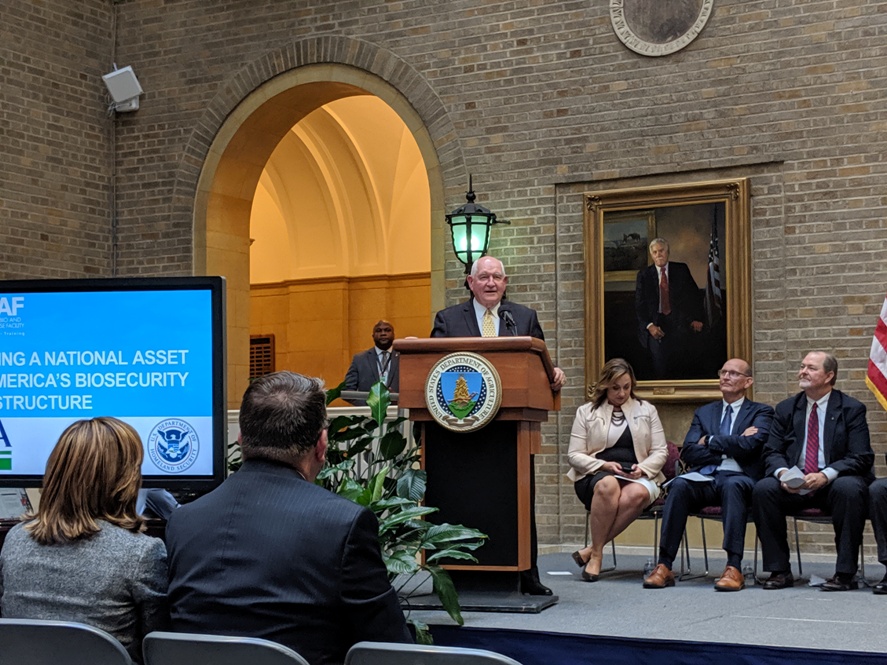 Ownership and operational responsibility for the nation’s $1.25 billion National Bio and Agro-Defense (NBAF) facility, under construction in Manhattan, Kansas, will be transferred from the Department of Homeland Security to the Department of Agriculture.
Ownership and operational responsibility for the nation’s $1.25 billion National Bio and Agro-Defense (NBAF) facility, under construction in Manhattan, Kansas, will be transferred from the Department of Homeland Security to the Department of Agriculture.
Federal government officials recently signed a Memorandum of Agreement that outlines the process for transferring the facility from DHS’ Science and Technology Directorate to the USDA.
When opened in 2021, NBAF will be a biosafety level-4 laboratory in Manhattan, Kansas, for the study of diseases that threaten both U.S. agriculture and public health. It will replace the aging Plum Island Animal Disease Center in New York. The Manhattan, Kansas, site is strategically situated in the “Animal Health Corridor,” in the midst of what is considered the largest concentration of animal health companies in the world.
Under the terms of the memorandum, DHS retains responsibility for completing construction and commissioning of the $1.25 billion facility, while USDA will assume responsibility for all operational planning and eventual operation of the facility. Construction of NBAF is expected to be completed in December 2020 and the facility will be commissioned in May 2021, when the formal transfer will take place.
“It’s a real honor for USDA to have the operational stewardship of NBAF said U.S. Secretary of Agriculture Sonny Perdue. “We look forward to working with Members of Congress, our private sector partners, and our academic partners in this area as we take over operations. USDA will make this a facility that America can be proud of.”
The USDA also released a document outlining USDA’s strategic vision for NBAF, which summarizes how NBAF will serve as a national biosecurity asset to protect human and animal health, food safety and the agricultural economy.
Department of Education’s NACIQI to Consider Council on Education (COE) Recertification
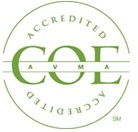 The
Council on Education’s recertification by the federal government’s
Department of Education as the official accrediting agency in veterinary
medical education will be considered during a meeting in Alexandria, Virginia, July 30-31, 2019.
The
Council on Education’s recertification by the federal government’s
Department of Education as the official accrediting agency in veterinary
medical education will be considered during a meeting in Alexandria, Virginia, July 30-31, 2019.
The COE goes through the federal government recertification process every seven years.
The Department of Education’s National Advisory Committee on
Institutional Quality and Integrity (NACIQI) will consider
recertification requests for several accrediting bodies and other issues
during the two-day meeting.
The period for filing written comments on the COE has expired; however,
three-minute oral comments may be accommodated if application is made by
July 12.
For detailed information on the program as published in the Federal
Register and specific information regarding requests to make oral
comments, please click here.
In the News
New Medical Imaging Tech for Animals at Vet College Could Also Advance Human Cancer Research: U of S
CBC Canada
Clinical Trials Are Underway for a Canine Cancer Vaccine
iheartdogs
Will the Government Forgive your Veterinary Student Loan Debt?
dvm360
Students to Get Hands-on Experience Through Summer Program
Veterinary Practice News
Scientists Race to Build Vaccine for African Swine Fever
The Scientist
Does Fluffy Really Want to Be an Adventure Cat?
New York Times
Turtle Who Lost Both Back Legs Gets Around Thanks to Lego Wheelchair
CBS-4/CNN Wire
CBD Trial Results ‘Encouraging’ for Dogs with Epilepsy
dvm360
Vet College at USask Opens Canada’s First PET-CT for Animals
News Optimist
To Stop Virus, California Has Euthanized More Than 1.2 Million Birds. Is It Reckless Or Necessary?
LA Times
New Type of Treatment for Osteoarthritis Shows Promise for Use in Humans
Medicine News Line
Competition Fierce for Seats in Veterinary School
Farm and Ranch
Seoul National University College of Veterinary Medicine Becomes AAVMC’s 50th Member
Equimanagement
Texas Tech Moves Forward With Design Phase for Amarillo Vet School
Lubbock Avalanche Journal
How Human Genetic Data is Helping Dogs Fight Cancer
Science Magazine
Habitat Loss Linked to Global Emergence of Infectious Diseases
Medicine News Line
A New Drug Target for Chemically Induced Parkinson’s Disease
Technology.org
Helping Minnesota’s Moose
International Falls Journal
From Our Members
Building Project Included in State BudgetUniversity of Wisconsin
Andrew Maccabe Looks to Veterinary Medicine’s Future
University of Minnesota
Repurposed Drugs Could Cure These Antibiotic-Resistant Infections
Purdue University
UW-Madison Global Health Institute Named Global Virus Network Center of Excellence; SVM Faculty to Co-Direct
University of Wisconsin
Cornell Researchers Create Framework Predicting the Risks Pathogens Pose to Endangered Species
Cornell University
Battling Ebola in Congo
Tufts University
Ross University School of Veterinary Medicine Students Recognized for Dedication to One Health
Ross University
Veterinary College Receives $3.1 Million NIH Grant to Create Universal Flu Vaccine
Virginia-Maryland
To see a news feed featuring breaking news from our member institutions, please click here.
People in Motion
University of Minnesota College of Veterinary Medicine Dean Dr. Trevor Ames has assumed the position of Associate Vice President for Academic Health Sciences at the University of Minnesota.Senior Associate Dean for Academic Affairs Dr. Laura Molgaard has been named Interim Dean at the University of Minnesota College of Veterinary Medicine.
“Like” us on Facebook or follow us on Twitter:




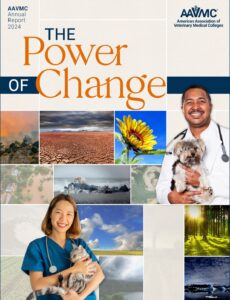
SHARE